Hoover Dam & Grand Canyon: USA 2015
This is the first instalment of a diary of our USA road trip in September/October 2015.
To provide a quick overview, we flew from Manchester to Las Vegas, then drove in an approximate loop (mostly) up the east side of the Sierra Nevada, across to San Francisco, then back down again, through Death Valley and back to Vegas.
—
After landing late in Las Vegas we picked up our hire car (yes, this isn’t a motorhome tale) and headed west towards our first major destination, the Grand Canyon.
First, however, was a fairly minor detour to the Hoover Dam. Thanks to Virgin Atlantic’s late arrival and Hertz Car Rental’s cumbersome video check-in system, which was new to me, we hit the road around 2 hours later than planned. This meant that by the time we got to the Hoover Dam, it was in darkness:
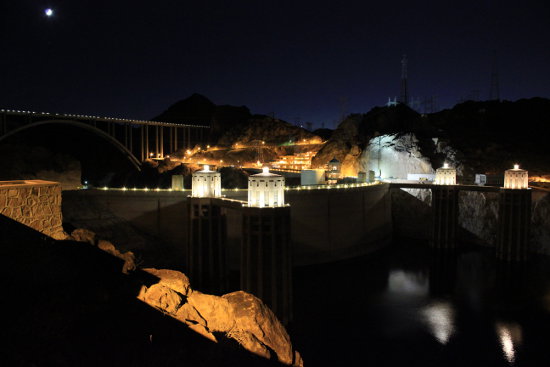
One bonus was that there was no traffic or queuing for the security checkpoints as you drive into the dam area. The views were good enough in the dark and unless you want a more in-depth visit, I’d say daylight isn’t required to appreciate the scale of the dam.
After an overnight stop in Kingman, Arizona (best viewed in the dark, cheap and moderately cheerful accomodation at the Arizona Inn), we made tracks towards the South Rim of the Grand Canyon National Park, which was still 170 miles away.

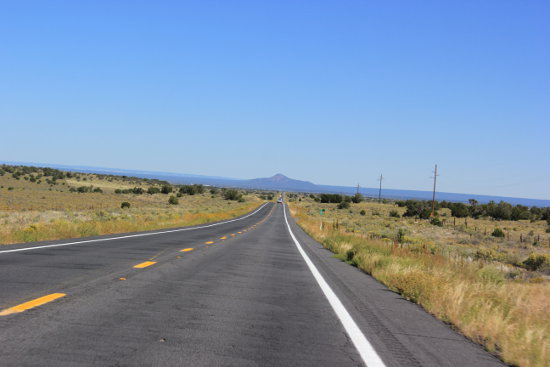
$$ & ID
All US National Parks have an admission fee, typically $20-$30 per vehicle at the big parks. If you’re planning to visit several, as we were, then it makes sense to by an America The Beautiful interagency annual pass for $80. This allows free admission to around 2,000 federal recreation sites, including all National Parks. Note that state recreation sites are not included.
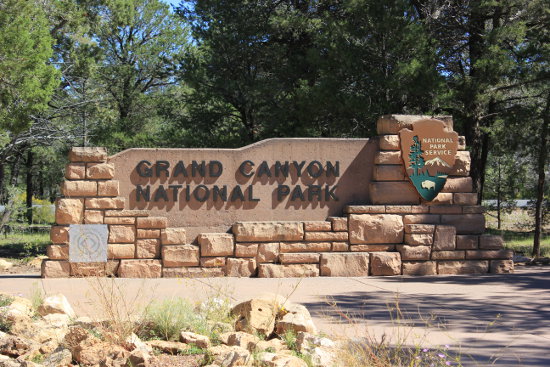
You can buy one of these passes on arrival at a National Park. Note ID will be required when you buy the pass and each time you use it to gain admission. Photo ID is required surprisingly regularly in the USA — we used our driving licence photocards, which we kept handy, rather than our passports.
The Grand Canyon
Most National Parks have plenty of campsites, including RV facilities. But beware, these tend to get booked up. We saw a great many campsite full signs on our trip, including at the Grand Canyon in late September.
Hotels and motels get booked up too, but we had planned ahead and booked a room before we left the UK at the Maswik Lodge, which we’d recommend.
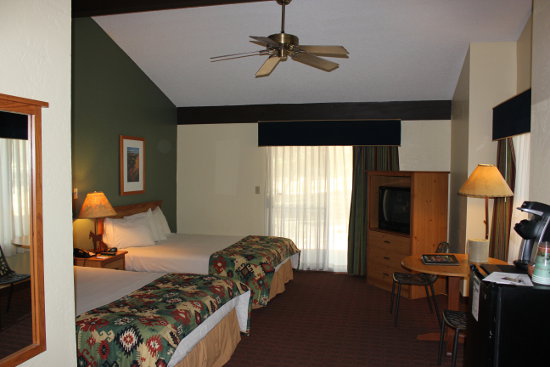
Staying in the park is really the only way to get the best of it, because it is at least an hour’s drive from the nearest out-of-park lodging. On arrival, we ditched the car in a car park close to the lodge and for the remainder of our stay, either walked or used the excellent (free) shuttle bus service. There’s really no need for anyone who is reasonably able-bodied to drive around the park except in winter, when the shuttle service is reduced.
However, it’s worth remembering that you are at altitude (around 2,000m) and it may be warmer than you’re used to if you’re from the damp, frozen wastes of Northern Europe.
Walking along the rim trail at the canyon top is easy enough, but venturing down into the canyon is rather more serious. I’ve never seen so many warning signs for walkers and with good reason — the trails are very steep, water is scarce and even in mid-September the temperature down towards the bottom of the canyon was pushing 40C.
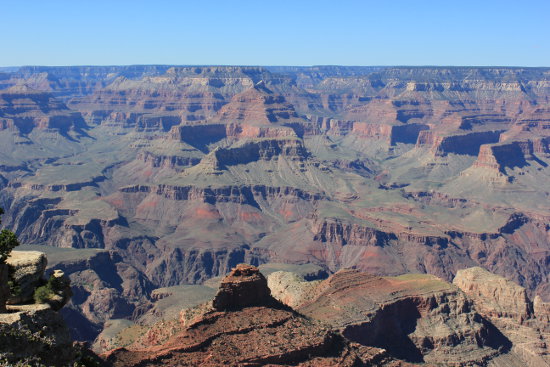
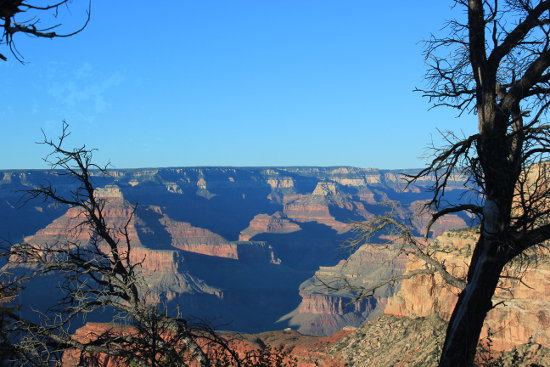
You don’t need to hike down into the canyon to appreciate it, however, and most visitors don’t.
The views change constantly and it’s worth using the shuttle bus to visit some of the more distant viewpoints in order to appreciate the epic scale of the Grand Canyon. As well as walking sections of the Rim Trail, we took the bus out to Pima Point (we watched sunset here) and Yaki Point. Both recommended.
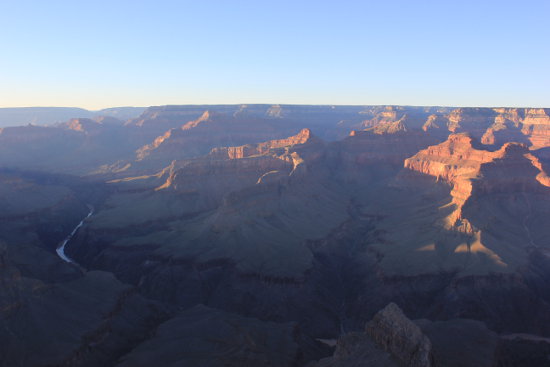
However, we both agreed that the best view was on the morning we left. Driving down Desert View Drive, we stopped at the Grand View Trail car park. The views were breathtaking, only marred by the noise pollution from helicopters coming over every couple of minutes.
Helicopter tours of the Grand Canyon from Las Vegas are big business, and this is apparently the route they take, flying right down into the canyon and then out the other side. Personally, I think this should be banned.
You may think I’m over-reacting but when you’re there, on a quiet morning, the stillness of the Canyon — the only sound the distant murmur of the Colorado river deep down in the Canyon — is something very special.
Helicopters destroy that for everyone, just so that a few lazy tourists in Las Vegas can see the Grand Canyon without having to interrupt their schedule of drinking, gambling, shopping and whoring.
The North Rim
Anyway, rant over, the reason we were driving out of the South Rim park on Desert View Drive was that we were driving round to see the North Rim of the Canyon.

It’s a good 4-hour drive (c.200 miles) from South Rim to North Rim and we weren’t sure if it would be worth it.
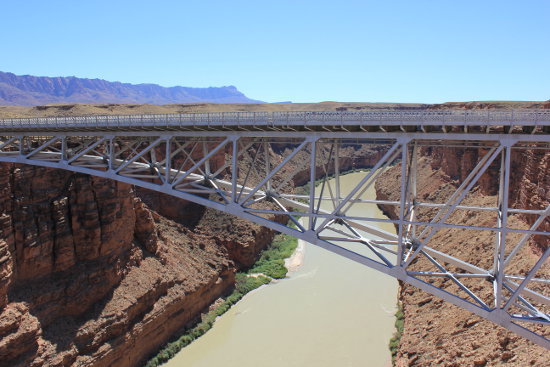
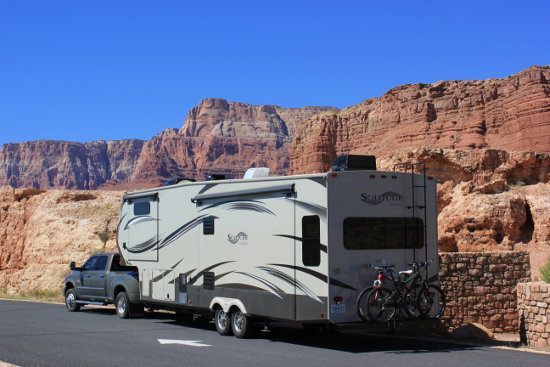
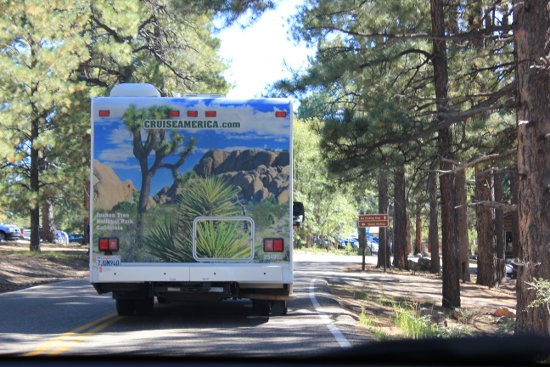
The North Rim gets a fraction of the visitor numbers and has much fewer amenities than the South Rim. In reality, I think it’s only really worth going there if you want to do some serious walking.
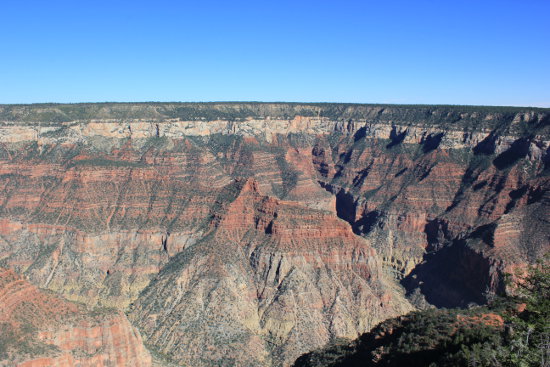
It was a scenic drive, though.
We saw eagles and Californian condors along the way, plus a surprising diversity of scenery — the change in altitude means that you leave the desert for a while and drive through lush meadows where cattle graze, before returning to the more barren landscape you expect.
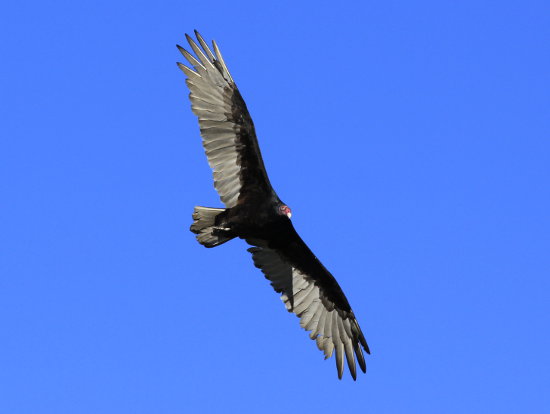
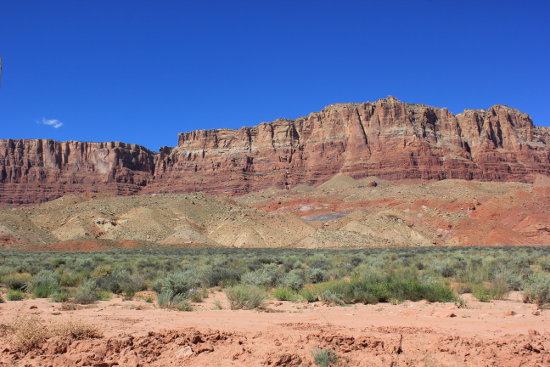

Accommodation is limited and if you’re not staying at the North Rim, as we weren’t, you may end up driving into Utah for the night. If so, don’t forget the time difference — you lose an hour as you cross the state line from Arizona into Utah.
